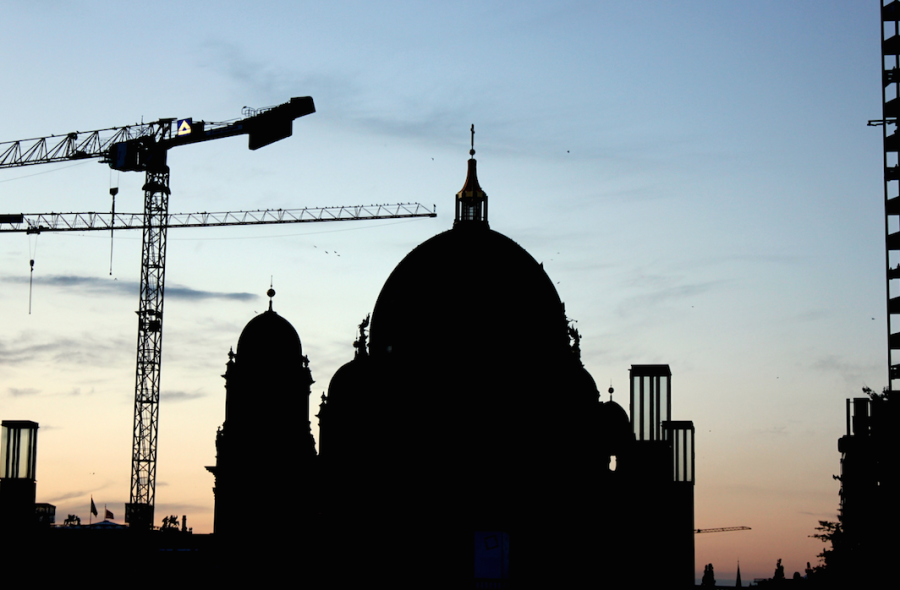25 Years Later: A Changing Perception of Germany
November 10, 2014
This article comes from the Global Desk, a collaboration between The Gazelle, WSN and On Century Avenue. Read more by searching ‘global.’ This is an opinion piece.
NEW YORK — In a row of chairs onstage, women in colorful dresses sit alongside men in black suits. The theater is silent until all the dancers begin to speak at once. A man holds the microphone up to each dancer, and the audience listens to their stories, told in each dancer’s respective language. From tales of love to tales of loneliness, German choreographer Pina Bausch demonstrates the universality of stories in a globalized world through her dance-theater piece “Kontakthof.”
With the 25th anniversary of the fall of the Berlin Wall, it is an appropriate time to reflect upon the shift of the perception of German culture since the end of the Cold War and the celebrated yet feared reunification of Germany.
“Kontakthof” is an example of how German culture has proliferated in New York. In October alone, Bausch’s dance company Tanztheater Wuppertal returned to the Brooklyn Academy of Music, the Berlin Philharmonic Orchestra launched the classical music season at Carnegie Hall and the Guggenheim opened its exhibition on the German artists’ group Zero titled “ZERO: Countdown to Tomorrow, 1950s-60s.”
In the past 25 years, German influence has grown significantly worldwide. The perception of German culture in the United States, and in particular in New York City, has shifted from caution and hesitancy to attraction and well-deserved respect.
Politically, Germany has become one of the most influential members of the European Union, taking the lead in solving diplomatic crises, economic problems and environmental issues such as energy sustainability. Germany’s quality engineering and cars such as BMW and Volkswagen continue to be held in high esteem. Germany even had recent success in this year’s FIFA World Cup.
The German contemporary cultural scene is also booming, especially in Berlin. The city has rapidly transformed into an arts and culture magnet of Europe, attracting young artists from around the world. For instance, its electronic music scene has become so well established, to the point that techno nightclubs like Berghain have already been covered in magazines such as Rolling Stone. Germany’s contemporary cultural production is not only growing, but also exporting itself at a rapid pace to cities all over the globe.
Just in the past few years, New York has seen the sudden rise of retrospectives of artists like Sigmar Polke, musicians like Kraftwerk and filmmakers like Rainer Werner Fassbinder. Restaurants and “biergartens” such as Zum Schneider in the East Village and Fette Sau in Williamsburg have become increasingly popular. Even the recognition of the German umlaut in letters like “ü” could be considered a sign of a shifting perception of German culture.
Germany’s cultural presence in New York and around the world would have been difficult to anticipate 25 years ago, but will likely continue to grow. As we celebrate the anniversary of the fall of the Berlin Wall, perhaps we can continue to appreciate German culture in a globalized world with fresh eyes and a renewed perspective.
Email Catalina Escalona at [email protected].

























































































































































